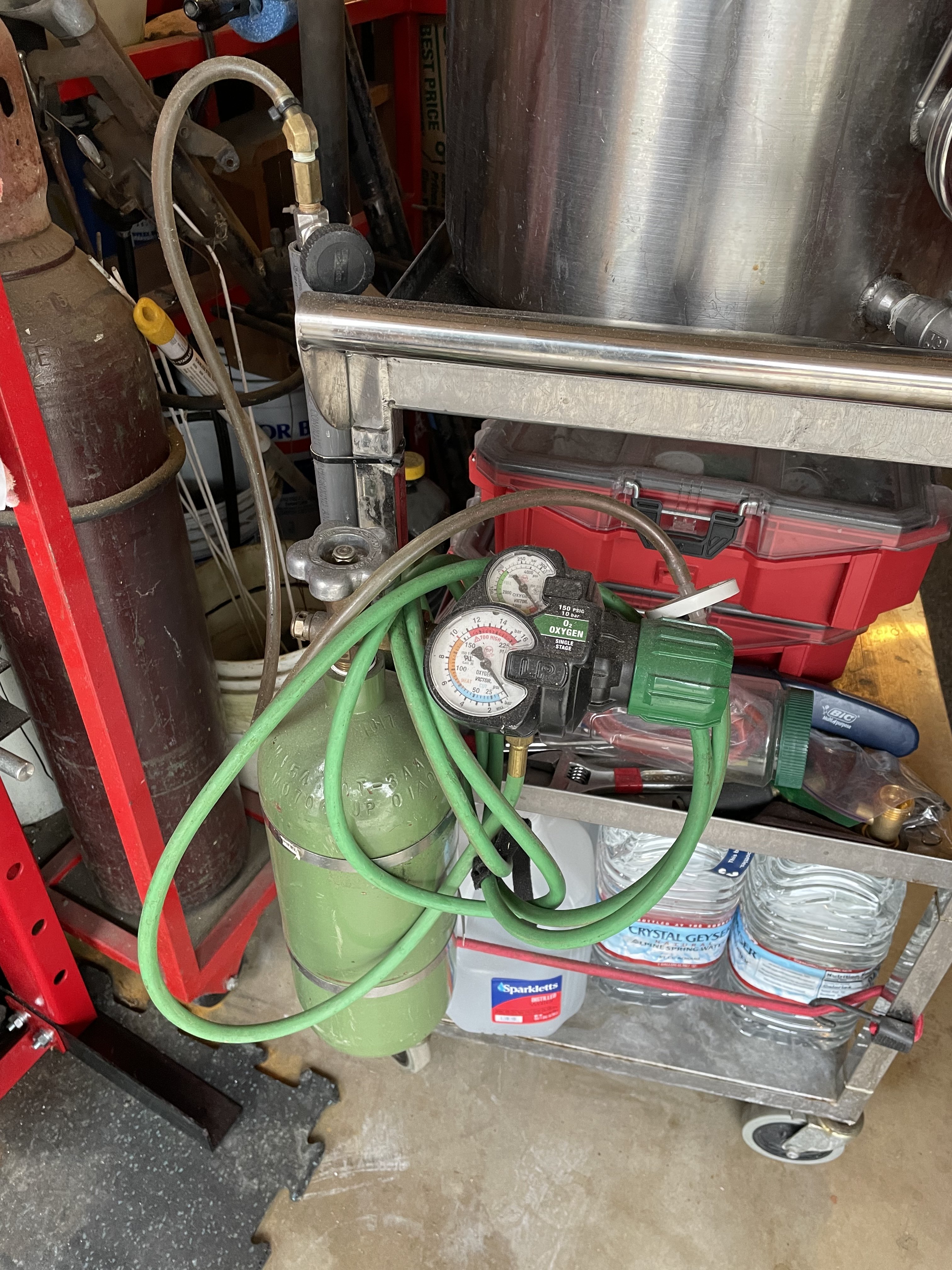Willygilly
Well-Known Member
So, when you oxygenate your wort on day one of fermentation and the yeast use that up quickly, is it reasonable to assume you could add some more and make them even happier?

So, when you oxygenate your wort on day one of fermentation and the yeast use that up quickly, is it reasonable to assume you could add some more and make them even happier?
![Craft A Brew - Safale S-04 Dry Yeast - Fermentis - English Ale Dry Yeast - For English and American Ales and Hard Apple Ciders - Ingredients for Home Brewing - Beer Making Supplies - [1 Pack]](https://m.media-amazon.com/images/I/41fVGNh6JfL._SL500_.jpg)











Yeast use oxygen during their aerobic growth phase so oxygenation or aeration the wort promotes fast and healthy growth early on. After that point fermentation is an anaerobic process so adding oxygen is typically detrimental. On top of that any oxygen not consumed by the yeast at that point will go on to oxidize the beer itself.OK. Thanks Calder. May I ask please if you could explain why?
An aquarium pump with a sanitary filter and diffuser is cheaper in the long run.
IIRC, the maximum DO saturation one can achieve using air, is 8 ppm. It depends on the temperature too, cooler worts holding onto a higher DO than warmer ones.It is. But OTOH, you can't get as much O2 dissolved into the wort by pumping air into it as you can with pure O2. With air, you hit a limit where you're losing O2 as fast as you are gaining it.
For 5G batch, I run O2 through a 5micron stone for 3:30 @ 0.25L/min.
Yes, 0.5 micron. Oxywand from Morebeer.0.5 micron perhaps? Or are you really using a 5 micron stone (which sounds really big to me for oxygenation)?
Yes, I guess I'm a nerd. To prove it, I also use a stir plate for my yeast. Honestly, if it didn't really make a big difference, I wouldn't do it.You guys realize this is just nerding out to the next level and not necessary. But there was I time I would have been all over it lol.
You guys realize this is just nerding out to the next level and not necessary.

OK, well brewers BEWARE!I just read an article...over 20 ppm is toxic to the yeast and results in attenuation of the development of cell walls and this directly impacts cellular respiration and over all viability. Darker colors are a sign of oxidation.